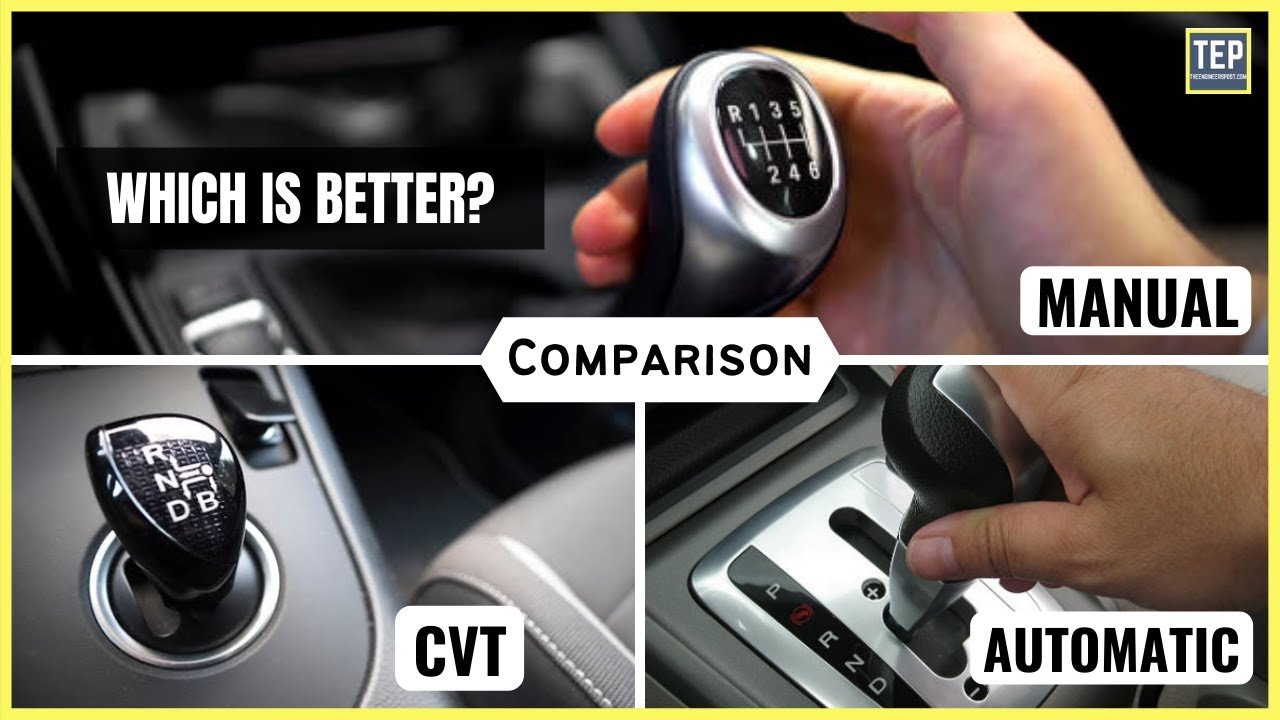SISTEM TRANSMISI MANUAL, PART 1: Komponen dan Fungsi Komponen
Summary
TLDRThis video script offers an in-depth exploration of manual transmission systems in vehicles. It begins with an explanation of the input shaft's role in connecting the clutch to the transmission gears. The script then delves into the function of the counter gear, which generates torque from the input shaft. Subsequent components like the output shaft, transmission gears, and synchronizer are discussed, detailing their contributions to torque transmission and gear shifting. The video also touches on reverse gear, main bearing, shift fork, and housing, emphasizing their roles in the transmission's operation. The script promises a follow-up video on the working mechanism of these components, encouraging viewers to stay tuned for more.
Takeaways
- 😀 The video discusses the components and functions of a manual transmission system in vehicles.
- 🔧 The input shaft, also known as the input shaft or input pipe, works with the clutch to transfer motion to the transmission gears.
- ⚙️ The counter gear, or gear counter, is responsible for generating torque from the input shaft to the transmission gears.
- 🔄 The output shaft, or output pipe, transfers torque from the transmission system to the final drive or differential.
- 🛠️ Transmission gears, also called speed gears, change the input power from the engine into the appropriate output torque for the vehicle's needs.
- 🔗 The synchronizer, or gear synchronizer, facilitates gear shifting while the vehicle is in motion, allowing for smooth transitions between gears.
- 🔩 The main bearing, or main support bearing, reduces friction between rotating components within the transmission system.
- 🔧 The gear shift fork, or gear shift lever, is used to move the gears on the shaft, making it easier to engage or disengage gears.
- 🔗 The shift cable connects the gear shift lever to the transmission, allowing the driver to change gears based on driving conditions.
- 🏡 The clutch housing is a protective cover that holds the transmission components together, ensuring they do not become disorganized during rotation.
- 💧 The transmission case serves as a housing for the transmission bearings and shafts, and also as a container for the transmission fluid.
Q & A
What is the main topic discussed in the video script?
-The main topic discussed in the video script is the components and functions of a manual transmission system in a vehicle.
What is the role of the input shaft in a manual transmission system?
-The input shaft, also known as the drive shaft, works in conjunction with the clutch to rotate the gears inside the transmission or gearbox. It connects to the clutch and transmits power to the transmission.
What does the counter gear do in the transmission system?
-The counter gear, also known as the idler gear, is responsible for generating torque. It receives torque from the input shaft through the clutch and passes it on to the gear set, which then transmits it to the output shaft.
How many gear speeds are typically found in a manual transmission system?
-A manual transmission system typically has four or five gear speeds, plus a reverse gear, as mentioned in the script.
What is the function of the output shaft in a manual transmission?
-The output shaft transfers torque from the transmission system to the final drive or differential, and ultimately to the vehicle's wheels. It also serves as a support for the bearings.
What is the purpose of the synchronizer in a manual transmission?
-The synchronizer, also known as the gear synchronizer, is used to smoothly shift gears while the vehicle is in motion. It helps to match the rotational speeds of the gears to be engaged, allowing for a smooth gear change.
What is the main bearing's role in the transmission system?
-The main bearing, also referred to as the main shaft bearing, reduces friction between the rotating components within the transmission system. It is typically located in the input and output shafts.
What is the function of the gear shift lever in a manual transmission vehicle?
-The gear shift lever is used by the driver to change gears. It connects to the gear selector mechanism and allows the driver to select different gears or achieve a neutral position.
What is the purpose of the extension housing in the transmission system?
-The extension housing extends from the main transmission housing and connects to the final drive or differential. It protects the components of the output shaft that may protrude from the transmission housing.
What does the speedometer gear do in the transmission system?
-The speedometer gear drives the speedometer cable, which measures the vehicle's speed as it is driven.
How does the reverse gear work in a manual transmission system?
-The reverse gear changes the direction of the output rotation so that the vehicle can move backward. It is typically a straight-cut gear that, when engaged, causes the output shaft to rotate in the opposite direction of the input shaft.
Outlines

此内容仅限付费用户访问。 请升级后访问。
立即升级Mindmap

此内容仅限付费用户访问。 请升级后访问。
立即升级Keywords

此内容仅限付费用户访问。 请升级后访问。
立即升级Highlights

此内容仅限付费用户访问。 请升级后访问。
立即升级Transcripts

此内容仅限付费用户访问。 请升级后访问。
立即升级浏览更多相关视频

INDICADORES e LUZES DO PAINEL - Mecânica Básica de Veículos

Cybersecurity P3 (Principles, Practices and Processes)

Сar anatomy: The Basics / How cars work? (3D animation)

Brake Hydraulic System Components

DASAR SISTEM TRANMISI MANUAL - PART 1 || PEMBELAJARAN DARING

Comparing Manual Transmission with Automatic & CVT [In Detail]
5.0 / 5 (0 votes)
